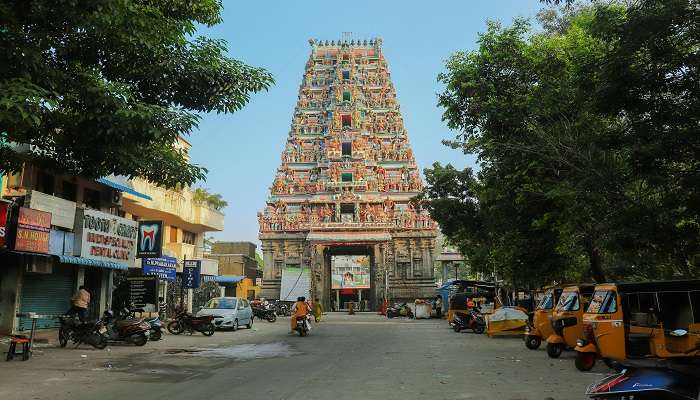Everything You Need To Know About Yaganti Temple In 2025
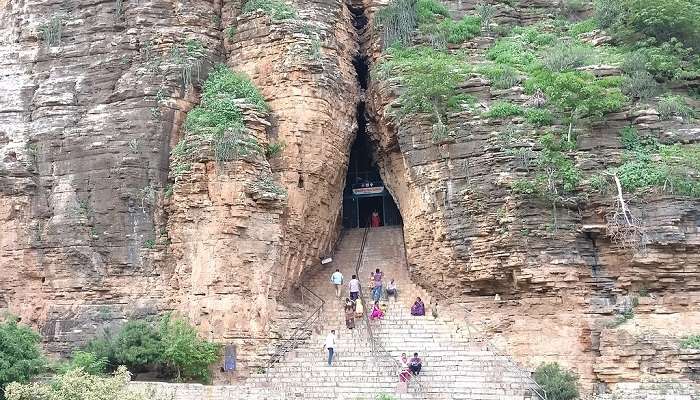
One of the most ancient and mythically important Hindu pilgrimages to Lord Shiva is in the Kurnool district of Andhra Pradesh, in the picturesque village of Yaganti. Yaganti Temple is special because of its ancient aura, dating back almost five centuries. Its architecture is unique, with many structures carved directly out of surrounding rock formations, characteristic of ancient Dravidian styles. While Yaganti Temple has religious importance, it is the historical and archaeological marvels that draw devotees and visitors equally for obtaining divine blessings and cultural enrichment.
Yaganti Cave Temple
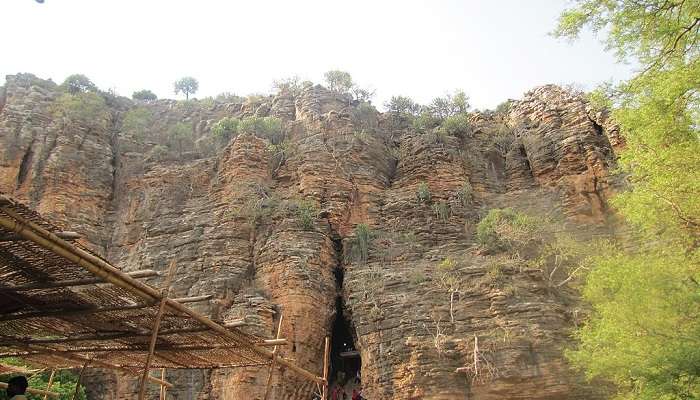
This cave temple is located in Yaganti, Kurnool district, Andhra Pradesh, an ancient and unique pilgrim centre of Lord Shiva. In this temple, the idol of Shiva is popularly known as Ardhanareeswara, a composite form of Shiva and Parvati. The statue is believed to be self-manifested due to the uniqueness of naturally being formed within a cave.
It also houses other gods, such as Nandi, Veerabhadra, and Bhairava in shrines within the temple complex. The inner cave is intricately carved and contains inscriptions from many centuries ago. Thousands of devotees and history buffs are hugely attracted to this cave temple of Yaganti due to its spiritual atmosphere and rich cultural background.
Must Read: Hotels In Repalle
History Of The Yaganti Temple
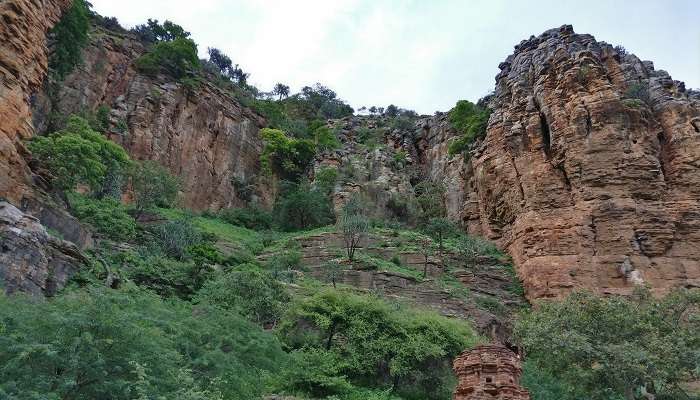
The Yaganti Temple’s history goes back to the 5th century, with contributions from many dynasties over the centuries. According to legend, the sage Agastya performed penance at this site, consecrating it as a worship spot.
This temple underwent vast expansions and renovations during the 15th century under the patronage of the Vijayanagara Empire. Its glory is intertwined with the local folklore and religious traditions, making it a place of worship and a storehouse for the cultural heritage and spiritual significance of the land.
Timings For A Yaganti Temple Visit
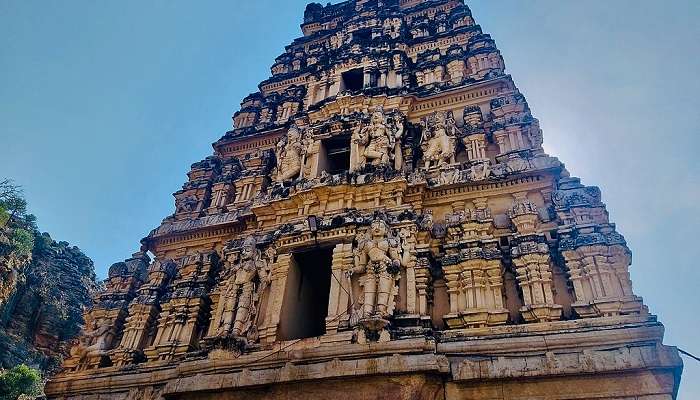
Yaganti Temple opens its gates for devotees/visitors daily from early morning to evening. The general temple hours are from 6:00 a.m. to 8:00 p.m. This gives devotees enough time to carry out rituals, attend prayers, and marvel at the temple architecture.
However, the exact timings should be verified on the temple’s official website or locally, and sometimes, they may differ slightly due to religious and seasonal changes. Many devotees prefer to visit the Temple during the serene ambience prevalent during early morning and evening hours, which enhances one’s spiritual experience.
Suggested Read: Srisailam Istakameswari Temple
Yaganti Temple Location
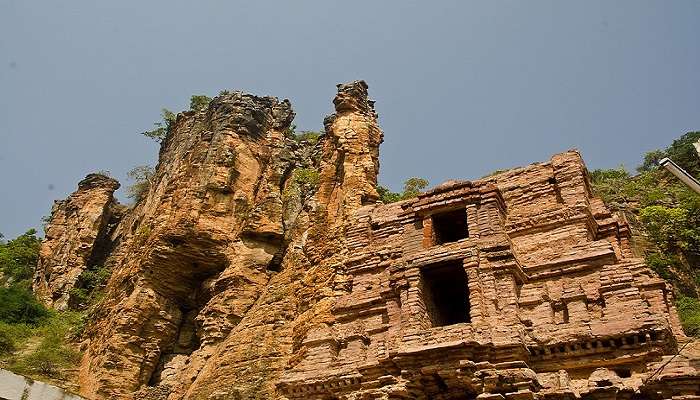
Yaganti Temple is located in a village called Yaganti, in the Kurnool district of Andhra Pradesh, nearly 100 kilometres from Kurnool city. It stands amidst the beautiful hills of the Eastern Ghats in lush green surroundings, thus allowing a serene setting for spiritual rumination and discovery.
The temple is located in a picturesque landscape near rural villages, offering a glimpse of the cultural life of that part of the world. Its location also puts the temple within motorable distance from surrounding towns and cities, making the journey to this ancient place of charm and religious frenzy easy for pilgrims and tourists alike.
Yaganti Temple Architecture
Here are the details about the architecture of Yaganti Temple:
1. Rock-Cut Architecture
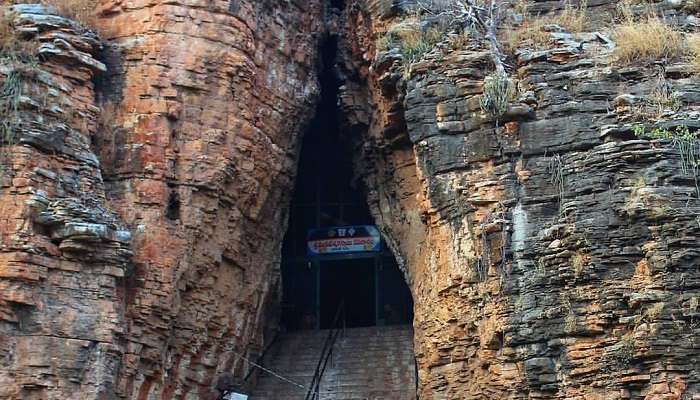
Yaganti Temple stands amidst exquisite rock-cut architecture, where multiple structures and sculptures are integrally carved with surrounding rock formations. Only the main sanctum, which enshrines the idol of Lord Shiva in the form of Ardhanareeswara, remains in a natural cave. This architectural style blends the natural landscape with divinity, a beautiful fusion between human art and nature.
Tip: The Yaganti Temple complex includes shrines for various deities such as Ardhanareeswara, Nandi, Veerabhadra, and Bhairava. Visit each shrine to perceive its architectural nuances and spiritual importance.
Suggested Read: Places To Visit Near Annavaram
2. Elements Of Temple Layout And Structures
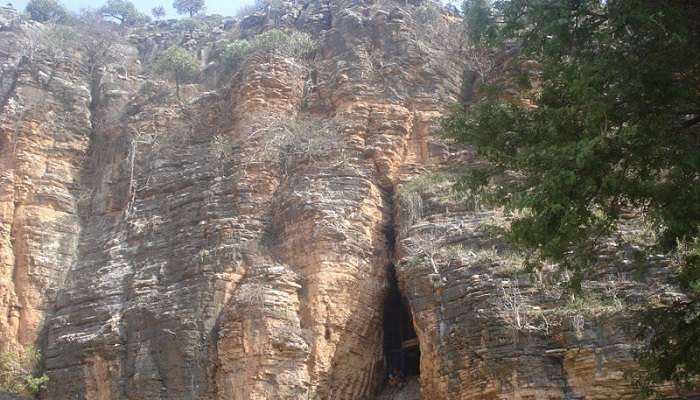
The Yaganti Temple is a typical example of traditional Hindu temple architecture that has distinct Mandapas (pillared halls), Gopurams (ornate entrance towers), and Prakarams (circumambulation paths).
Each structure within this holy site serves its specified religious and functional purpose—from the main sanctum housing the principal deity to smaller shrines dedicated to different deities. The temple’s architectural layout facilitates the orderly conduct of rituals, processions, and worship activities so that the spiritual needs of devotees and visiting pilgrims are amply met.
Tip: Notice the stone carvings and sculptures along the temple walls and the pillars. Such details most often symbolise mythological stories, celestial beings, floral motifs, etc. They exemplify the cultural and artistic richness of ancient India.
3. Decorative Elements And Carvings
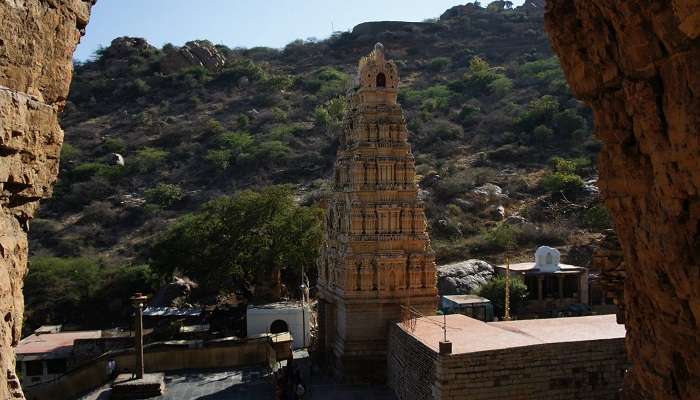
Everything in the Temple, from ornamental work to sculptures, depicts events from Hindu mythology and intricate patterns. The outer walls, columns, and ceilings are profusely ornamented with elaborate sculptures of gods, goddesses, and mythological characters. They have been carefully crafted to portray the ancient sculptors’ artistic skill and dedication.
These decorative features of the temple enhance its aesthetic value and convey spiritual teachings and narratives in the form of visual symbolism, thus qualifying the cultural experience for those who visit it and view its architectural beauty.
Tip: Guided tours can be provided within the Yaganti Temple complex, as well as an understanding of the rock-cut architecture of the site. Guides can be briefed about the importance of structures and the skills used in excavating temples from natural rock formations.
Further Read: Resorts In Vijayawada
Be mesmerised by the charisma of Yaganti Temple. Feel the pious silence of ancient rock-carved architecture attesting to the divine grace of Ardhanareeswara and soak in the spiritual environment taken by this Hindu pilgrimage site. Whether seeking blessings or intending to delve into the rich cultural heritage of Andhra Pradesh, Yaganti Temple invites one and all onto the journey of spiritual discovery. Plan your trip to Andhra Pradesh today and let the timeless charm of the Temple course through you.
For our editorial codes of conduct and copyright disclaimer, please click here.
Cover Image Credit: Saisumanth532 for wikimedia commons
Frequently Asked Questions About Yaganti Temple
What is the significance of the Yaganti Temple?
Yaganti Temple is well-known for its historical and architectural marvels. It has the self-manifested idol of Lord Shiva in Ardhanareeswara form, symbolising the entity of Shiva and Parvati together.
What are Yaganti Temple timings?
The temple is open to devotees from early in the morning till evening. These timings range from 6:00 AM in the morning to 8:00 PM in the evening.
Are there any entry fees for visiting the Yaganti Temple?
No, there are no entry fees to the Temple. It is open to every devotee and visitor free of cost.
What are places of interest near the Temple?
Places of interest near Yaganti Temple include some scenic caves and ancient inscriptions engraved on rock formations that enthral history buffs. The nearby Pushkarini Lake and the beauty of the Eastern Ghats provide further scope to explore and relax.
Are facilities available to pilgrims in the Temple?
Yes, facilities are available for the pilgrims and visitors with restrooms and drinking water at Yaganti Temple. In the temple complex itself, there are facilities to conduct continuous rituals and a few specific rituals. One should carry enough water and all essentials in case of peak visiting hours.
People Also Read:
Preah Khan Temple Kalachakra Temple Kalyani Devi Temple

With a passion for exploring and travelling to the roads long forgotten, experience the world through enthralling stories and adventures. Join me as I share my experiences at some of the world’s most popular tourist destinations and quench that pestering curiosity with something exciting!




